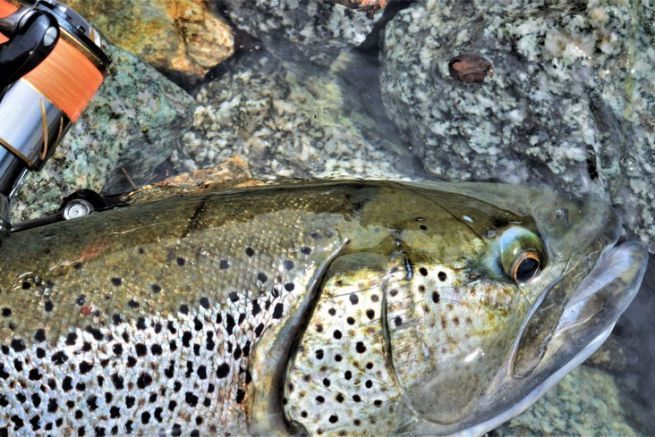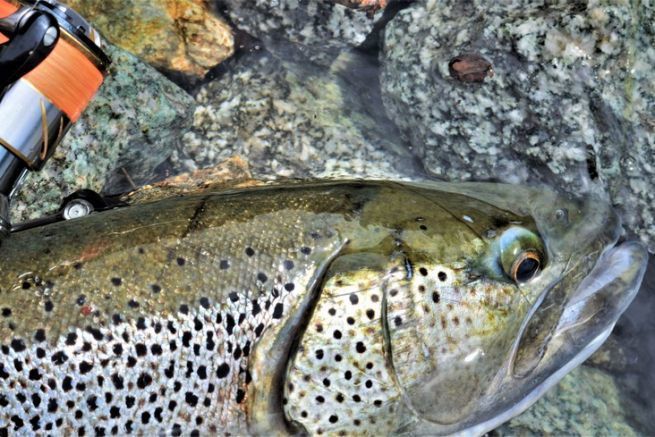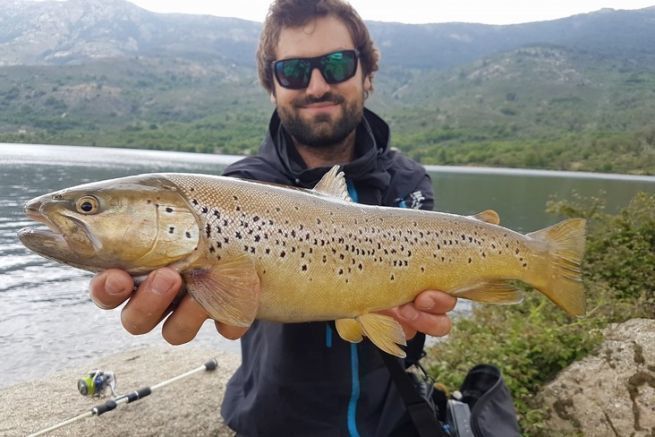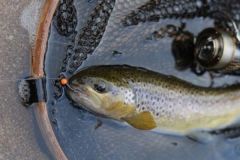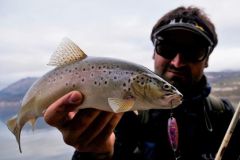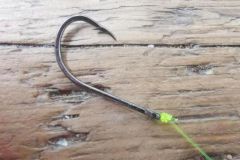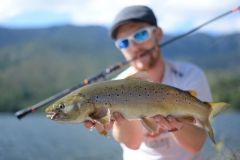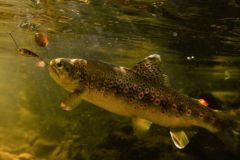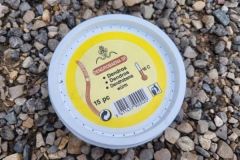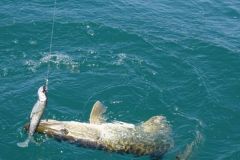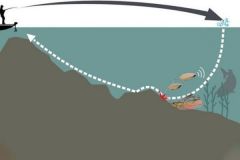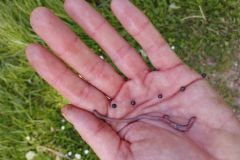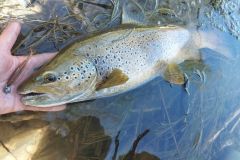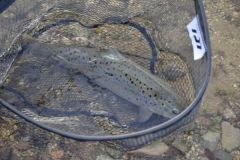The choice of the line is very important and even determining when fishing trout with lures. All the lines can be justified according to the environment, the size of the fish, the fishing technique or the use or not of barb... It will be necessary to adapt the type of line which do not all have the same properties. Let's start with the most classic for trout, nylon.
Properties of traditional nylon
Nylon is a monofilament. This means that it is made of only one "fiber". It is traditionally used by trout fishermen. Strangely enough, it is the lure anglers who also fish for trout, used to braid, who are the most reluctant to use nylon. Indeed, when you are used to braid, the sensations provided by nylon are really different.
Nylon is, in fact, very elastic compared to braid. That is to say that it will stretch, deform and return to its initial length after a stress. This property makes nylon much less tactile than braid.
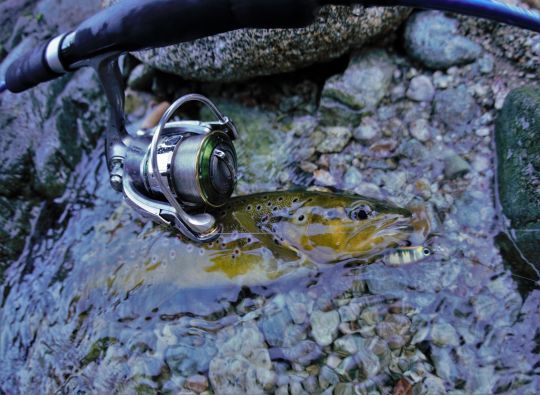
Vibrations and "small" stresses will be absorbed by the deformation of the nylon and a lot of subtle information will not be transmitted to the angler. But this is also what we are looking for. In the end, the vibrations and short strokes are not very important in certain types of fishing, where you keep a direct contact with the lure and a very good perception of the strokes.
The elasticity of the nylon gives it a real ability to control fights. It allows to absorb the sudden movements of the trout and limits considerably the number of stalls during the fights. When fishing without barbs in competition or in the area, nylon is a real asset. I remember competitions where I only had combos equipped with nylon.
Other advantages of nylon are that it is relatively resistant to abrasion (but this varies from brand to brand), it is inexpensive and it does not necessarily require a shallow spool because it fills the reel well.
Colored nylon ?
Another question that comes with the use of nylon, should you use colored nylon? I use it regularly in competition. It is very useful in low light or in the broths to follow the line of the eyes and thus to know well where the lure evolves.
This is particularly relevant on drift fishing with soft lures. For more discretion, at the end of the colored line, I place a fluorocarbon leader or even a thinner nylon.
The knot between the colored line body and the translucent leader is used as a thread guide and especially to know at what depth my lure evolves during drifts.
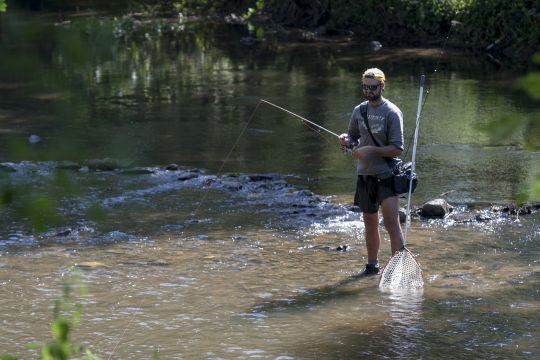
Also, no matter what color line, orange, yellow or neon green are the most commonly available and they are all very visible.
Finally, you should know that for an equivalent model, a colored nylon is often slightly less resistant than the same nylon without color.
For which types of fishing?
Nylon can be used in almost all lure fishing for trout, especially when the hooks are barbless. It is also useful because of its relative resistance to abrasion in rivers with strong relief.
It remains the most relevant on fishing that does not require too much sensitivity and on lures that vibrate.
It will be used to fish with a spinning spoon (or micro spinnerbait) or crankbait, in competition or on stream fishing with sinking minnows.
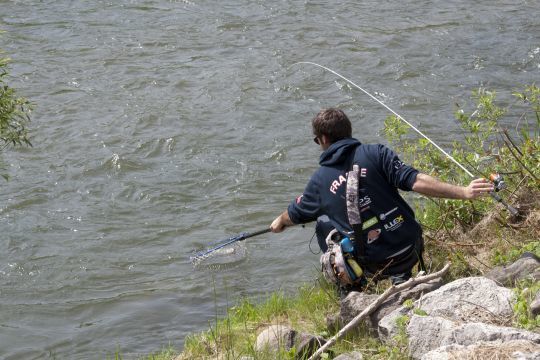
In streams, plan on 16 to 18/100 at the beginning of the season and then 14 to 16/100 as the water drops and clears.
In large rivers or lakes, it is necessary to adapt to the size of the fish encountered.
